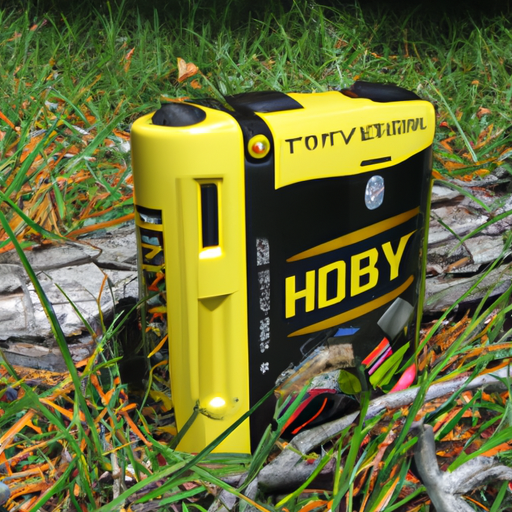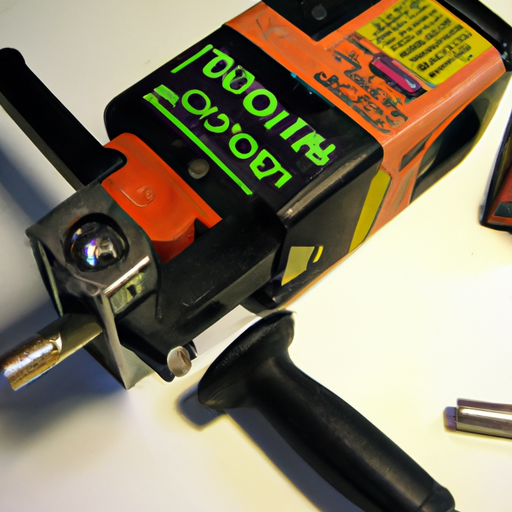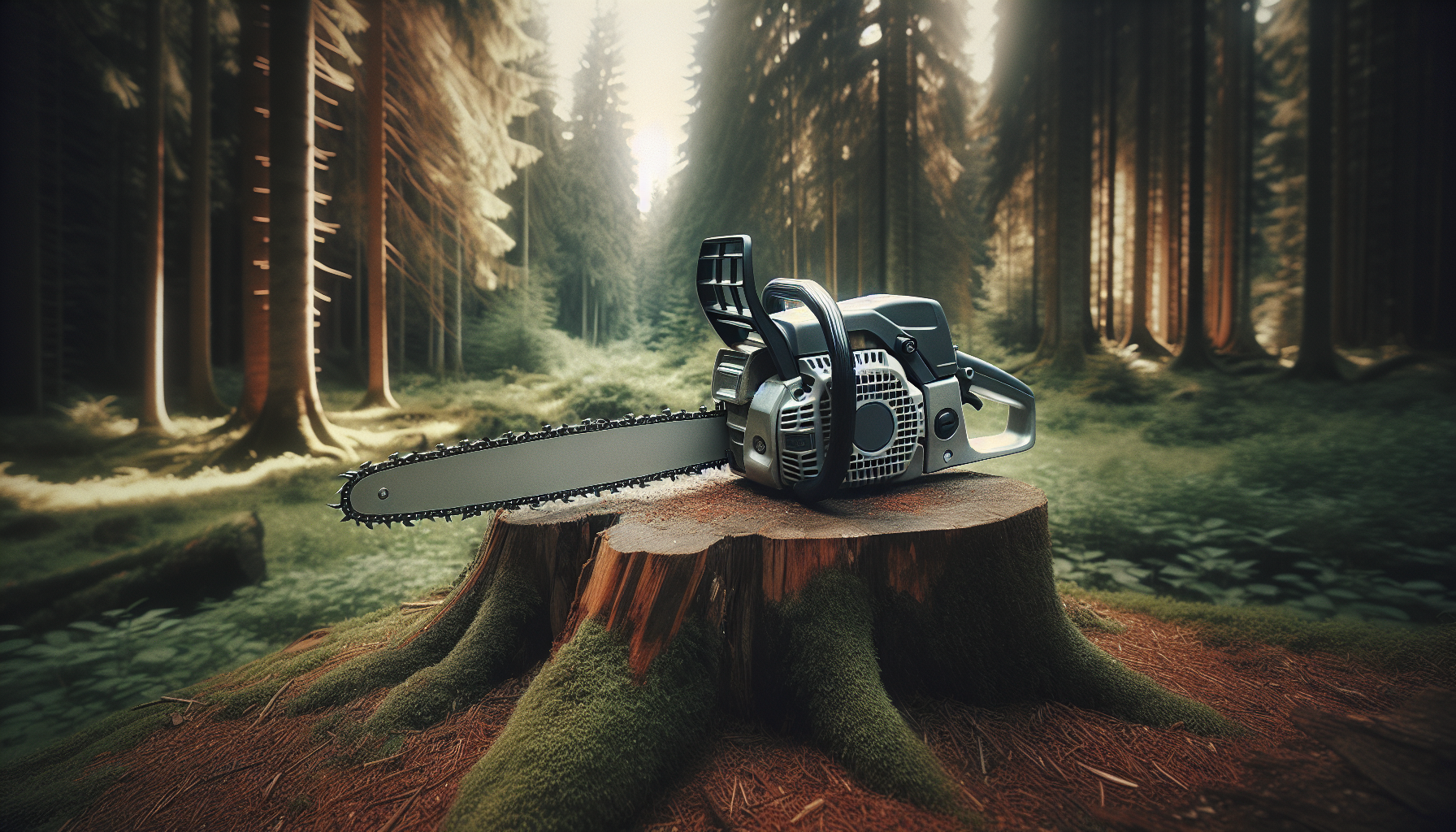If you’re curious about what tree cutting machines are called, look no further! These specialized machines are commonly referred to as tree harvesters or forestry machines. Designed to efficiently cut down trees in forests or logging operations, these machines come in various sizes and types to suit different needs. Learn more about these fascinating machines and how they play a crucial role in the forestry industry. What Are Tree Cutting Machines Called?
What are tree cutting machines called? If you’re curious about the different types of machines used for cutting trees, you’re in the right place. There are various types of equipment designed specifically for this task, each with its own unique features and capabilities. In this article, we’ll explore the different tree cutting machines and their uses to help you better understand how they work and which one might be best suited for your needs.
Types of Tree Cutting Machines
Tree cutting machines come in various shapes and sizes, each designed for a specific purpose. From handheld tools to heavy-duty equipment, there are many options available depending on the size of the tree and the complexity of the job. Let’s take a closer look at some of the most common types of tree cutting machines:
Chainsaws
Chainsaws are one of the most popular and versatile tree cutting machines available. They come in different sizes, from small handheld models to larger gas-powered versions. Chainsaws are ideal for cutting down small to medium-sized trees and trimming branches. They are easy to use and portable, making them a handy tool for any tree cutting job.
Pole Saws
Pole saws are designed for cutting branches that are out of reach. These machines consist of a chainsaw attached to a long pole, allowing you to trim high branches without the need for a ladder. Pole saws are lightweight and easy to maneuver, making them a great option for pruning trees and shrubs in your yard.
Arborist Chainsaws
Arborist chainsaws are specialized chainsaws designed for professional tree care. These machines are lightweight and compact, making them ideal for climbing and pruning trees. Arborist chainsaws are equipped with safety features and are designed to be used at different angles, making them a versatile tool for tree cutting professionals.
Log Splitters
Log splitters are another type of tree cutting machine used to split logs into smaller pieces. These machines are ideal for processing firewood and can save you a lot of time and effort compared to manual splitting. Log splitters come in various sizes and styles, from electric models for home use to heavy-duty hydraulic versions for commercial purposes.
Chainsaw Mills
Chainsaw mills are used for milling logs into lumber. These machines are attached to a chainsaw and are operated manually to cut logs into boards or beams. Chainsaw mills are portable and can be used on-site, making them a cost-effective option for small-scale lumber production.
Choosing the Right Tree Cutting Machine
When it comes to choosing the right tree cutting machine for your needs, there are a few factors to consider. The size of the tree, the type of wood, and the complexity of the job will all play a role in determining which machine is best suited for the task. Here are some tips to help you choose the right tree cutting machine:
Determine the Size of the Tree
Before selecting a tree cutting machine, consider the size of the tree you need to cut down. For smaller trees or branches, handheld chainsaws or pole saws may be sufficient. However, for larger trees, you may need a more powerful machine like a gas-powered chainsaw or a tree felling machine to get the job done efficiently.
Consider the Type of Wood
The type of wood you are cutting will also affect your choice of machine. Hardwoods like oak or maple may require a more powerful chainsaw or specialized equipment to get through the wood. Softwoods like pine or cedar, on the other hand, can be cut with a smaller, less powerful machine.
Assess the Complexity of the Job
Some tree cutting jobs may be more complex than others, requiring specialized equipment or techniques. If you’re dealing with a tree that is close to a building or power lines, you may need a machine that can handle the job safely and efficiently. Consider factors like access to the tree, obstacles in the area, and any safety concerns before choosing a tree cutting machine.
Consult with a Professional
If you’re unsure about which tree cutting machine to use for your specific needs, it’s always a good idea to consult with a professional arborist or tree service company. They can assess the situation and recommend the best equipment for the job based on their expertise and experience. Hiring a professional may also be necessary for larger or more complex tree cutting projects.
Safety Precautions for Tree Cutting Machines
Tree cutting machines can be dangerous if not used properly, so it’s important to take the necessary safety precautions when operating these tools. Here are some tips to help you stay safe while using tree cutting machines:
Wear Protective Gear
Always wear the appropriate safety gear when operating tree cutting machines, including goggles, gloves, ear protection, and a helmet. This gear will help protect you from flying debris, loud noises, and other hazards while cutting trees.
Read the Instruction Manual
Before using a tree cutting machine, be sure to read the instruction manual carefully and familiarize yourself with the operation of the equipment. Follow all safety guidelines and recommendations provided by the manufacturer to ensure safe and effective operation.
Maintain the Equipment
Regular maintenance of tree cutting machines is essential for safe operation. Keep the equipment clean, sharp, and well-maintained to prevent accidents and ensure optimal performance. Check for any loose or damaged parts before each use and make any necessary repairs or replacements as needed.
Avoid Overexertion
Tree cutting can be physically demanding work, so it’s important to pace yourself and take breaks as needed. Avoid overexertion and listen to your body to prevent fatigue and reduce the risk of accidents while operating tree cutting machines.
Secure the Area
Before cutting down a tree or trimming branches, secure the area to prevent accidents and injuries. Clear away any debris, obstacles, or hazards that could interfere with the operation of the machine and ensure that bystanders are at a safe distance from the work area.
Conclusion
Tree cutting machines come in a variety of types and models, each designed for specific tasks and purposes. From handheld chainsaws to heavy-duty felling machines, there is a machine available for every tree cutting job. By understanding the different types of tree cutting machines and following safety precautions, you can safely and effectively cut down trees and maintain your property with ease. Remember to choose the right equipment for the job, consult with professionals when needed, and always prioritize safety when operating tree cutting machines.



